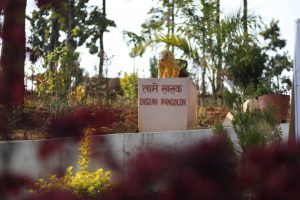Mangroves, lagoons, artisanal fishing and organic chocolate farms all contribute to the Atlantic Forest’s rich natural and social ecosystems. Around 80% of the remaining Atlantic Forest is found along a stretch of coast in southern Bahia, a state in the northeast of Brazil.
At the heart of this region is the city of Ilhéus. On its outskirts, within the district of Aritaguá and the Lagoa Encantada Environmental Protection Area (APA), the Porto Sul Port and Services Complex is being built. Since 2007, this controversial project has embroiled social groups, public prosecutors, the Bahia state government, and private companies in a heated dispute.
Bahia Mineração (BAMIN), together with a consortium that includes the state-owned China Railway Group Ltd and China Communications Construction Company (CCCC) will construct the port. It is expected to be complete in four years at a total cost of 2.5 billion Reais (US$580 million).
The justification for Porto Sul lies 450 kilometres inland, in the city of Caetité. It is here in the Upper Sertão region that BAMIN, controlled by the Kazakh Eurasian Resources Group (ERG), which is mired corruption cases, plans to mine iron from a deposit discovered in 2006.
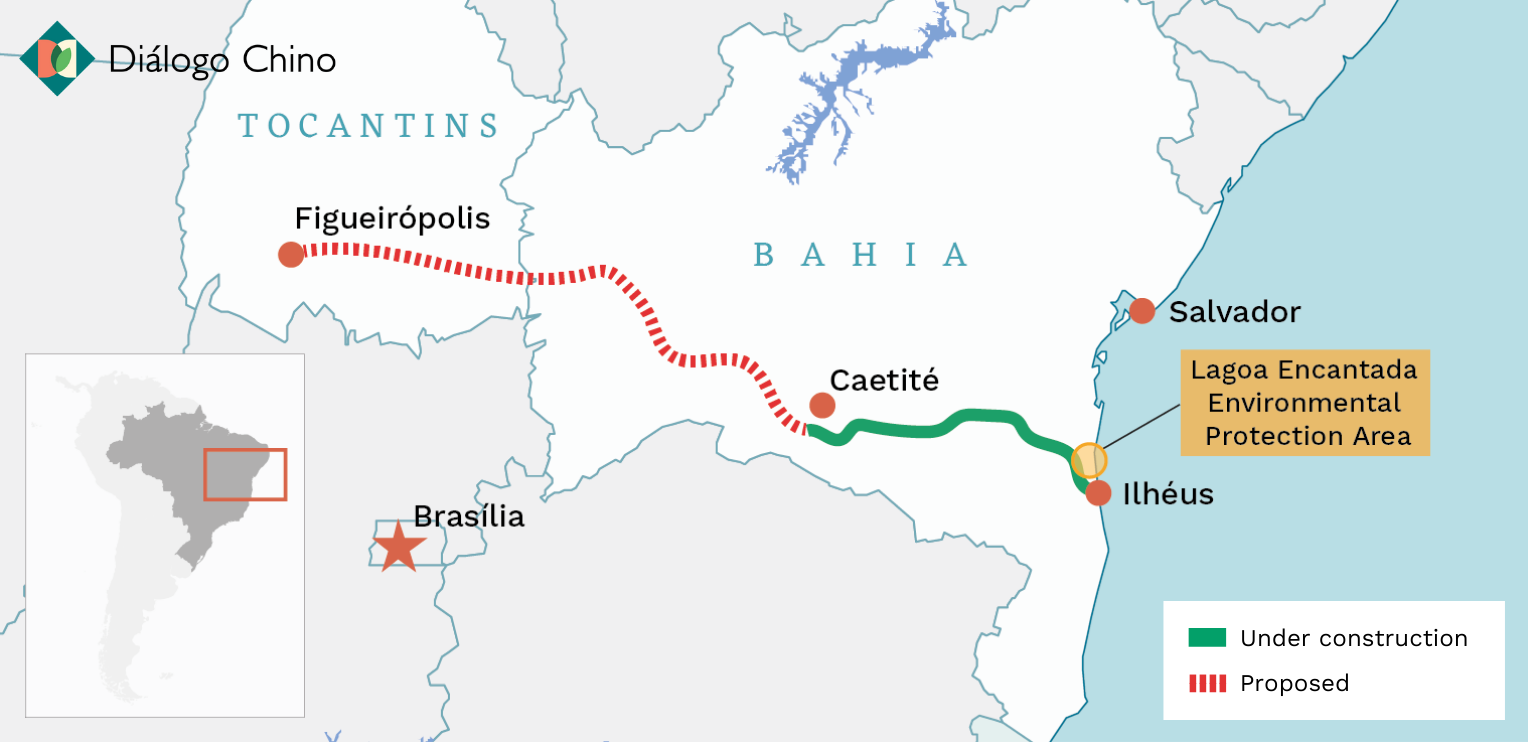
Since then, the government of Bahia has argued that alongside the mine, a railway and a port are necessary to ship the ore to the Chinese steel market. The idea for the West-East Integration Railway (FIOL) running from Caetité to Ilhéus was born. At the final destination, the port will cover 18 million square metres of open water and a logistics centre on the mainland.
In the 13 years since the plan was presented, licences have been granted and revoked, weak environmental impact assessments published, locations changed, and construction delayed.
On one side of the debate, the government and BAMIN maintain that the installations will bring jobs and development. Representatives of civic organisations say they will cause irreversible damage to the last remnants of the Atlantic Forest, ruining a system that brings together sustainable cocoa production, family-run agriculture, ecotourism, and traditional fishing practices.

“What is at stake is the type of development desired for the region,” says Rui Rocha, professor at Santa Cruz State University (UESC) in Ilhéus. “Is our role in the twenty-first century still to generate wealth for other countries? Why not improve the roads in the area, train people in sustainable agriculture, fishing, tourism, or even low impact industries like information technology – which we already have?”
Porto Sul doesn’t add up
Rocha questions the government’s justification for the mega-project as the direct creator of 400 jobs. He argues that over 1,000 jobs would be lost on chocolate producing farms that would have to be expropriated for the port and railroad. “The numbers don’t add up,” he says.
Maria do Socorro Mendonça, a prominent social activist who has been part of the debate for years, agrees with Rocha’s analysis and is critical of the narrow scope of environmental licences.
“Everything was analysed separately, which does not show the actual size of the problem,” she says. “How can a licence for the port be issued before the railroad is there? And how can the mine be approved without knowing how it will ship [the ore]? Everything was done under pressure.”
The Bahia state government issued a statement saying that IBAMA, the federal environmental protection agency, made licence approval conditional upon “carrying out 39 environmental programmes on fauna, flora, socioeconomics, and terrestrial and aquatic environments.”
However, it is not clear exactly how these programmes will reduce the impacts on the cocoa and fishing economies in the region.
Cocoa or iron ore?
Socorro Mendonça has identified what she believes to be a fundamental flaw in the plan; working life of the Caetité mine, which is the justification for the port.
BAMIN itself estimates that the Sertão operation will last around 20 years, based on production of 20 million tonnes per year.
“Cocoa has been cultivated for centuries, and artisanal fishing is thousands of years old. The region has the potential to develop scientific and community-based tourism, which could last for several generations. But the priority is a project with an end date,” Mendonça says.
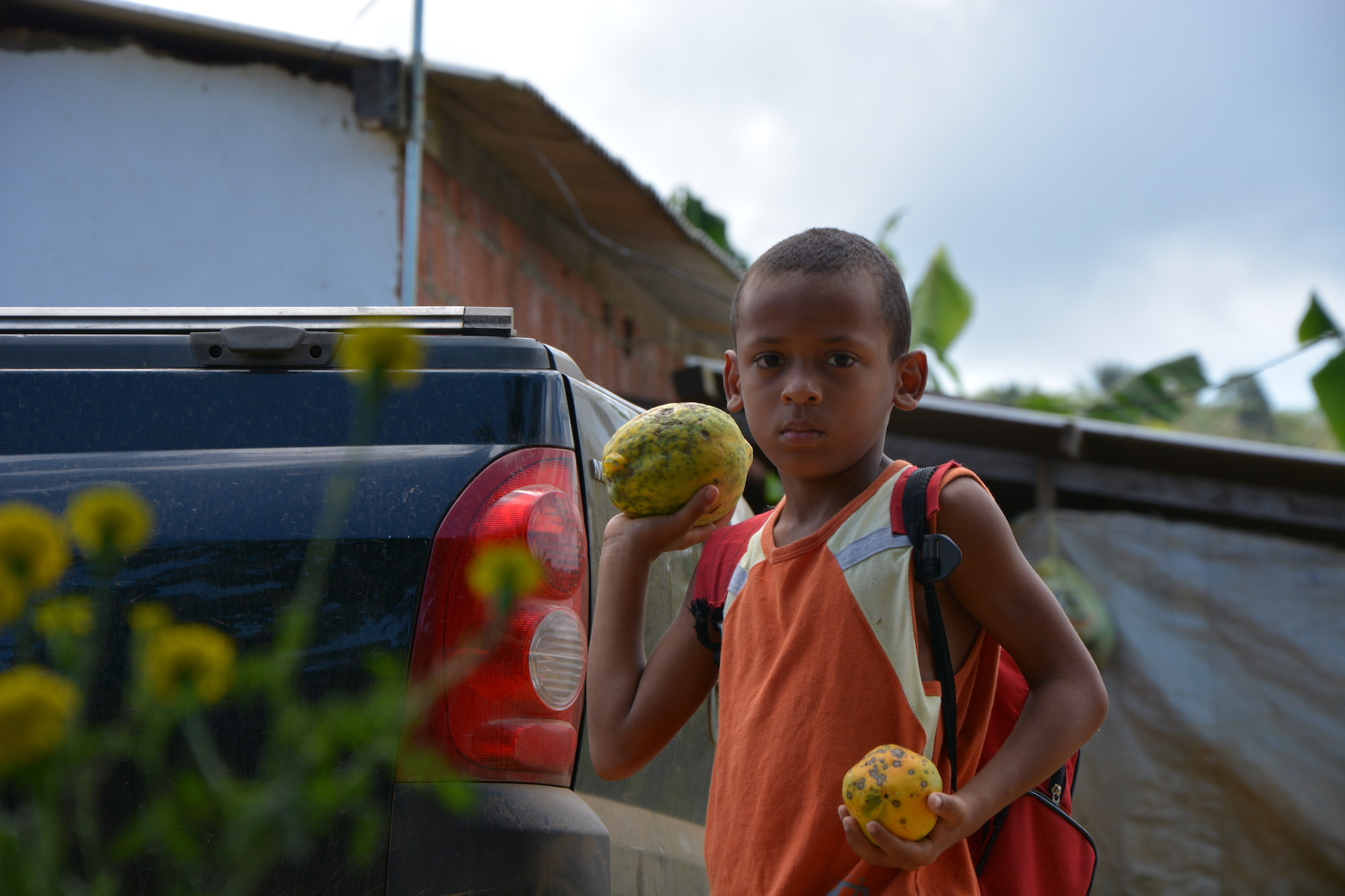
There are suggestions that use by agribusiness could revive Porto Sul. But according to Alan Juliani, president of the Bahia Association of Soya and Corn Producers (APROSOJA-BA), this will only occur when – and if – the railroad reaches the west of the state, where production is concentrated. That expansion is not planned.
“It doesn’t work for us,” Juliani says, explaining; “If you were to go by road, it’s better for trucks to go to (the port of) Aratu, because then they can return with manure and fertiliser.”
Were the railroad to go to Barreiras, however, it could be useful for lowering shipping costs, according to Juliani, noting the proposed next stretch planned for FIOL. At present, however, there is no tender date.
The Port of Aratu is near Salvador and handles most of the cargo in Bahia. The Centro-Atlantic Railroad (FCA), which leaves from Minas Gerais and comes within just over 100 kilometres from Caetité, already serves the terminal.
I’m not going to stand in front of the equipment, but we will be watching closely
Critics have questioned the need for FIOL to connect to Ilhéus, since it could connect to FCA to bring the ore to Aratu and eliminate the need for a new port.
According to Rui Rocha, the government has consistently argued that the FCA is obsolete, and that at 20 metres deep, Aratu cannot accommodate vessels loaded with iron ore. Yet Porto Sul would have the same depth.
Furthermore, a study commissioned by railroad concessionaire VLI estimates that 500 million Reais (US$116million) of investment in the rail network would be sufficient to enable materials to be shipped from Caetité.
The government has not explained its reasons for investing in the port. Instead, it issued a note affirming a general interest in developing the south of Bahia state: “The design studies and environmental analyses always demonstrated the need to develop the economy in Bahia and decentralise the greater Salvador metro region.”
Progress
All the same, the plans keep moving forward and despite the conflict between the government and activists. There is little chance the government will make concessions on environmental grounds, or to traditional communities and the environment.
$790 million
the potential total cost of the Porto Sul project (US$)
Valec, the state-owned company responsible for constructing railroads, has scheduled bidding to conclude the stretch of FIOL from Caetité to Ilhéus, which is already 73.6% complete, for this coming March. This could bring the total cost of the project to R$3.4 billion (US$790 million).
In May 2019, the Bahia state government and BAMIN signed an agreement to jointly operate the terminal once complete. The port will be capable of processing 41.5 million tonnes of iron ore per year.
In October of last year, the federal public prosecutor, the Bahia public prosecutor, the state government, BAMIN, and the city of Ilhéus signed a ‘Socio-Environmental Agreement’. It states that BAMIN will contribute 45 million Reais (US$10 million) to fund measures to prevent avoidable environmental damage and mitigate unavoidable impacts in the region around Porto Sul.
Measures will include supporting existing conservation units and improving regional environmental monitoring and control systems through high-tech satellite imagery and real-time alerts when vegetation is cleared.
Without saying how many farms will be expropriated, the Bahia state government only said that the process is underway. Nor has there been a precise survey of how many fishers will be impacted by the project. All the while, activists’ struggle continues.
“I’m not going to stand in front of the equipment, but we will be watching closely,” said Maria do Socorro Mendonça. “This is not to say no to the port, but rather to say yes to a sustainable southern Bahia.”
BAMIN did not respond to Diálogo Chino’s requests for comment for this article.
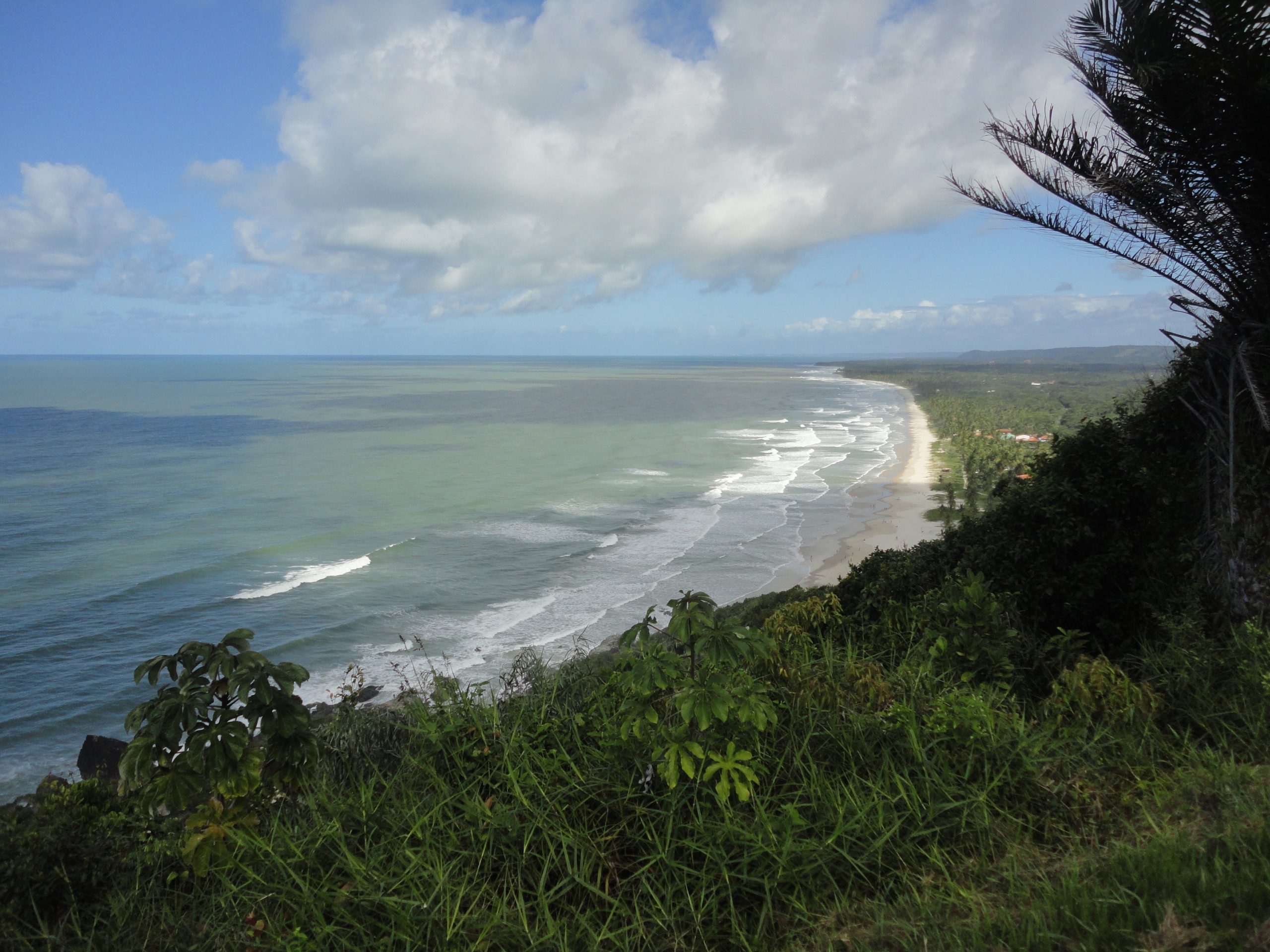
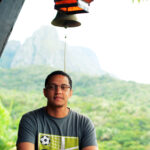

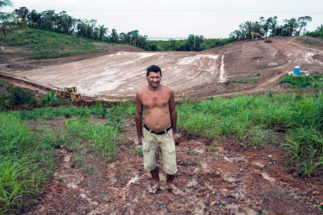
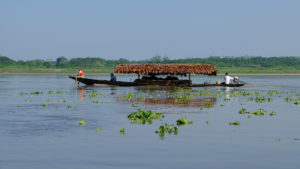


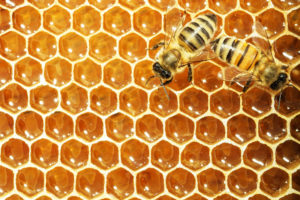
![Snow and rain in April 2016 was disastrous for Gilgit-Baltistan [image courtesy Pamir Times]](https://dialogue.earth/content/uploads/2016/04/snow-picture-Credit-to-PAMIR-Times-300x169.jpg)
